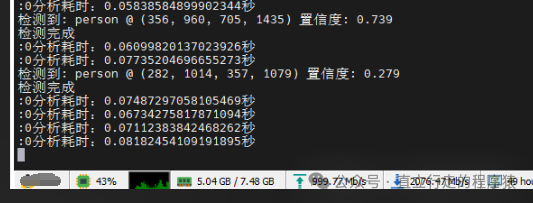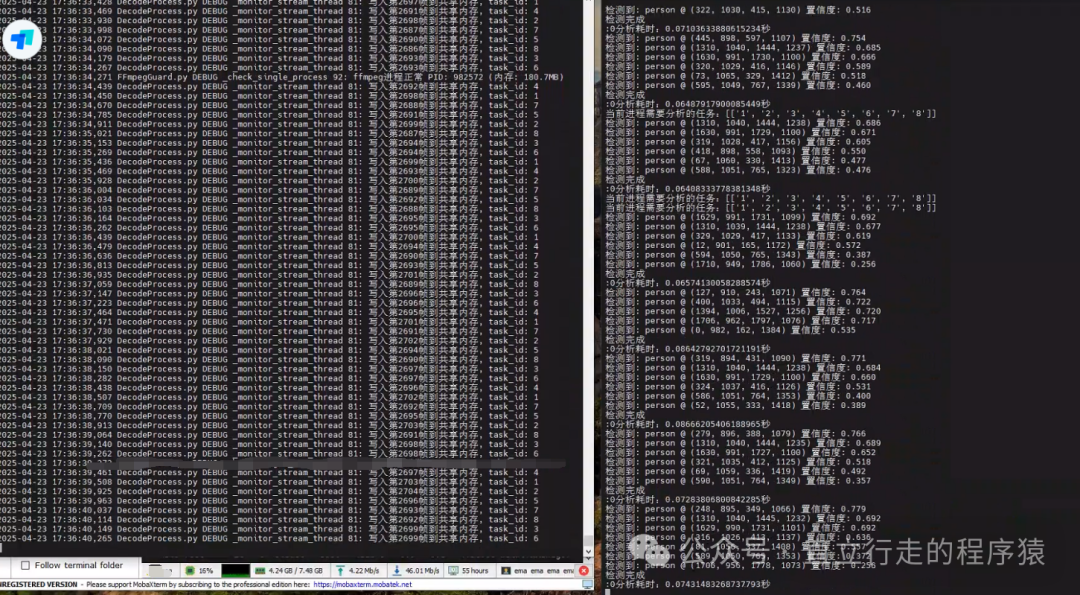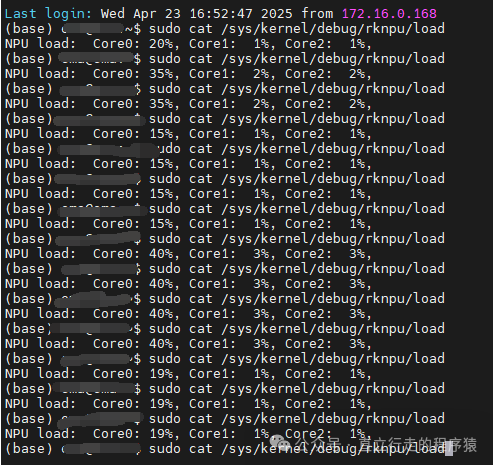Using traditional methods like OpenCV and FFmpeg for real-time video software decoding, performance is limited on low-configuration edge computing terminals. Taking the following configuration as an example:On this configuration of the edge computing terminal, running 4 channels of real-time video decoding, the CPU usage reaches nearly 100%. Using the RKMMP solution can effectively reduce CPU usage. However, memory swapping can lead to excessive memory consumption. At the same time, to support distributed computing power, a Redis middleware approach is adopted. This can support 8 channels of real-time video input, each at 1 fps, with only about 30% of the NPU computing power utilized. The memory and CPU usage are as follows: this solution occupies a high network bandwidth.
Using the RKMMP solution can effectively reduce CPU usage. However, memory swapping can lead to excessive memory consumption. At the same time, to support distributed computing power, a Redis middleware approach is adopted. This can support 8 channels of real-time video input, each at 1 fps, with only about 30% of the NPU computing power utilized. The memory and CPU usage are as follows: this solution occupies a high network bandwidth.
 Using a memory swapping solution on a single machine can more effectively reduce memory and CPU usage, requiring only 20% CPU usage and 2GB of memory to achieve8 channels of real-time video input, each at 1 fps. The peak single-core NPU usage is only 40%, which does not fully utilize its performance. If you want to fully leverage the NPU’s capability of 30 fps, it is expected to support 30 channels of video or increase the detection frame rate for a single channel.
Using a memory swapping solution on a single machine can more effectively reduce memory and CPU usage, requiring only 20% CPU usage and 2GB of memory to achieve8 channels of real-time video input, each at 1 fps. The peak single-core NPU usage is only 40%, which does not fully utilize its performance. If you want to fully leverage the NPU’s capability of 30 fps, it is expected to support 30 channels of video or increase the detection frame rate for a single channel.
